With 40% of the output, Vietnam is the country with the world's largest 'black gold' stockpile. Last year, the price of this spice rose globally, opening a new golden age for farmers.
Article 1: The spectacular breakthrough of the 'fruit king', Vietnamese fruits and vegetables quickly reached a record
Article 2: Vietnamese coffee becomes 'ATM' earning billions, most expensive in the world
Lesson 3: Quietly becoming the world's number 1 supplier, the cashew industry 'embraces' a record of 4.34 billion USD
Editor's note: 2024 is a 'bumper year' for Vietnam's agricultural sector. Many traditional industries have regained their position, earning record amounts of foreign currency. Farmers in many places have changed their lives thanks to this. In addition, there are new industries that also have bright prospects for acceleration.
Join VietNamNet to look back at the bright picture of Vietnam's agricultural sector last year with the belief in a breakthrough year 2025 through the series of articles 'The Road to Records of Vietnamese Agricultural Products'.
Return to the 'billion dollar club'
The Vietnam Pepper and Spice Association (VPSA) has just launched the Vietnam Pepper and Spice Digital Map, aiming to provide information on acreage, output and growing areas, support connections between producers and importers, and promote international cooperation. At the same time, it is expected that the digital map will play an important role in enhancing the position of the Vietnamese spice industry in the international market.
Currently, the pepper growing area in our country is about 113,000 hectares, with an estimated output of 190,000 tons. In 2024, businesses exported nearly 250,000 tons of pepper, worth 1.31 billion USD - a record in the past 8 years. Compared to the same period last year, the amount of pepper exported decreased by 6.2% but the value increased sharply by 44.4%.
Accordingly, Vietnam continues to hold the world's largest warehouse with output accounting for 40% and exports accounting for 60% globally.
In fact, after many years of cultivation and export, this spice has become a strong industry of our country. Notably, more than a decade ago, pepper prices suddenly skyrocketed globally. The increase started in 2010 and peaked in 2015 at VND230 million/ton. At this golden age, 1 ton of dry black pepper was equivalent to 6.5 taels of gold.
This is also the reason why pepper is considered the "black gold" of Vietnam, and at the same time becomes a billion-dollar commodity of the agricultural industry.
However, farmers in many provinces have massively expanded pepper growing areas, even in areas unsuitable for this crop, causing output to skyrocket (peaking at 270,000 tons in 2020), leading to oversupply. The historic price fever quickly cooled down, ending the golden age.
In 2019, pepper prices were only 36 million VND/ton, "evaporating" 85% compared to the peak. Since 2020, the price of this spice has recovered but is still at a low level.
Pepper’s billion-dollar industry status was only maintained for 4 years (from 2014-2017). In 2018, export turnover decreased to nearly 759 million USD.
It was not until September 2024 that pepper returned to the "billion dollar club" of the agricultural industry.
The average export price of Vietnamese black pepper in 2024 reached 5,154 USD/ton, up 49.7% and white pepper reached 6,884 USD/ton, up 38.9% compared to the previous year. At some points, the price of this commodity in our country even skyrocketed to the most expensive in the world.
Pepper prices in the domestic market have also increased continuously. At the beginning of 2024, if the price was still at 80,000 VND/kg, it would skyrocket by June, reaching 180,000 VND/kg. On the last day of the year, pepper prices fluctuated between 146,000-147,000 VND/kg.
Closing 2024, businesses in the pepper industry simultaneously recorded strong growth from 32-68%, with some companies even seeing a sudden increase of 150% in export revenue compared to 2023. Farmers also had a bumper year, earning a profit of 60,000-100,000 VND when selling 1kg of pepper.
The new golden age of 'black gold' will last a decade
Ms. Hoang Thi Lien - Chairwoman of VPSA - pointed out that the sharp decrease in global pepper supply is the main reason for the price increase of this commodity in 2024.
Global pepper output in 2025 is forecast to continue to decrease compared to 2024 because it is no longer a key crop, especially in the context of competition from other crops while the cost of maintaining pepper production is increasing.
In addition, climate change is increasingly severe, affecting pepper growing areas in many countries such as Indonesia, India, Malaysia, Sri Lanka, Brazil... leading to a significant decrease in output.
The 2025 pepper crop in our country will be harvested almost entirely in February, with some regions extending to March-April, 1-2 months later than previous years due to the impact of drought.
The price of Vietnam's "black gold" will remain high, due to a decrease in supply, while demand in major markets such as the US and Europe remains stable. China may increase imports from March to April because its inventory is gradually running out.
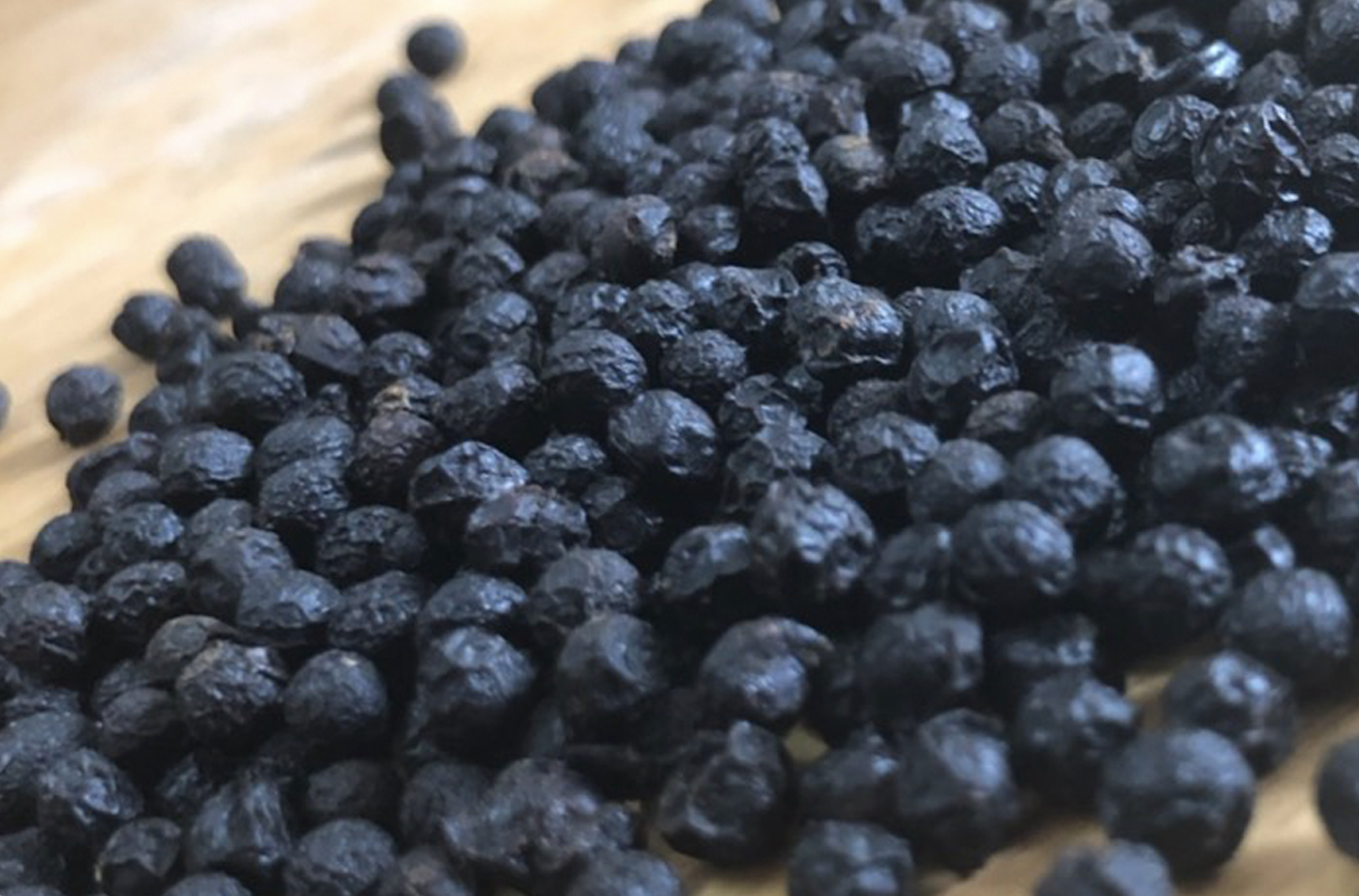
Many previous forecasts have said that in the next few years, global pepper production will still not be enough to meet consumer demand. Therefore, prices will start to increase sharply from 2024, helping this industry in Vietnam enter a new golden age.
“With the current situation, global pepper production cannot meet the increasing demand in the next 3-5 years. In our country, this strong grain is entering a new price increase cycle, making up for the years when prices were too low,” Ms. Lien commented.
According to Mr. Hoang Phuoc Binh - Vice President of Chu Se Pepper Association (Gia Lai), pepper prices always increase in cycles. For example, the previous price increase cycle started in 2010 and peaked in 2015.
After many years of “lying at rock bottom”, grain prices gradually recovered until 2024, when a new price increase cycle begins. He predicts that this cycle will last for 10 years and prices may reach a new peak of 350,000-400,000 VND/kg - a super expensive level. However, prices will fluctuate, but in the long term, they will continue to increase.
He explained that pepper acreage is still decreasing due to aging and people switching to other crops. Meanwhile, if new planting is not done at this time, it will still be impossible to increase production in 4 years. Therefore, pepper will remain in a state of scarcity.
In pepper growing areas in our country, farmers are also calmer in the face of price fever. Instead of growing pepper purely and massively expanding the area, they now focus more on quality, switch to sustainable farming, choose intercropping to reduce investment costs and adapt to climate change.
In addition to raw exports, businesses also aim to make value-added products to target niche markets, while building a brand of high-quality Vietnamese pepper.
Next article: Taking home 5.7 billion USD and the song 'Rock Grain of Rice'
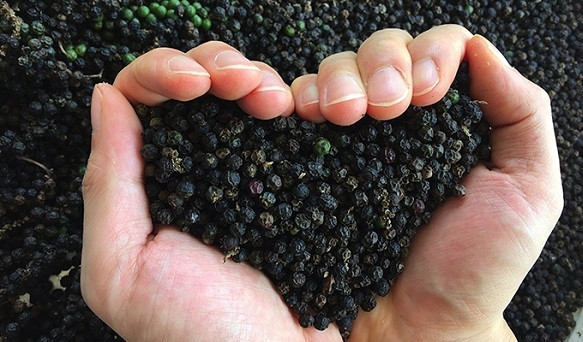
Source: https://vietnamnet.vn/co-kho-hang-lon-nhat-the-gioi-vang-den-viet-nam-sot-gia-vao-thoi-hoang-kim-2366461.html






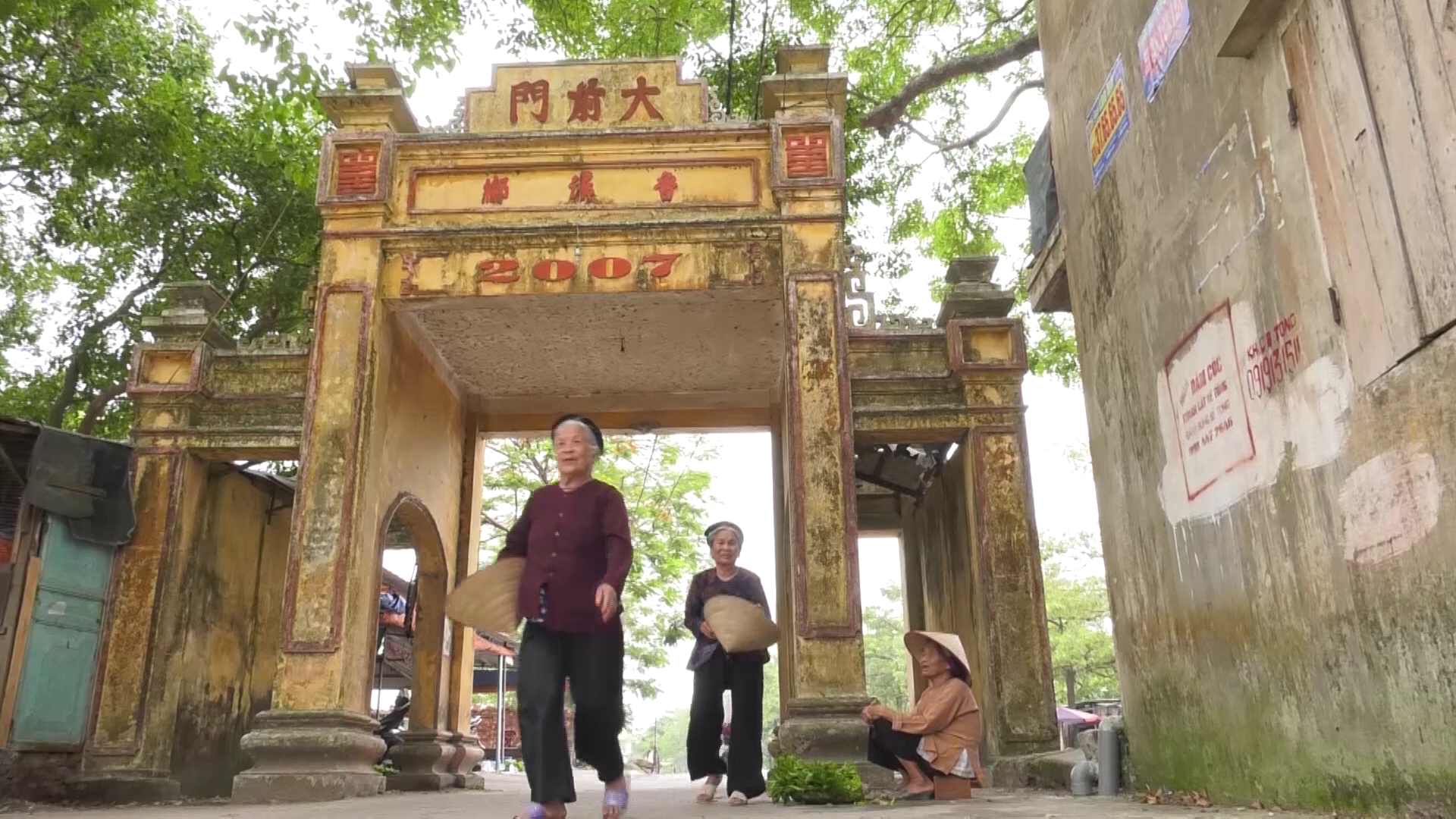
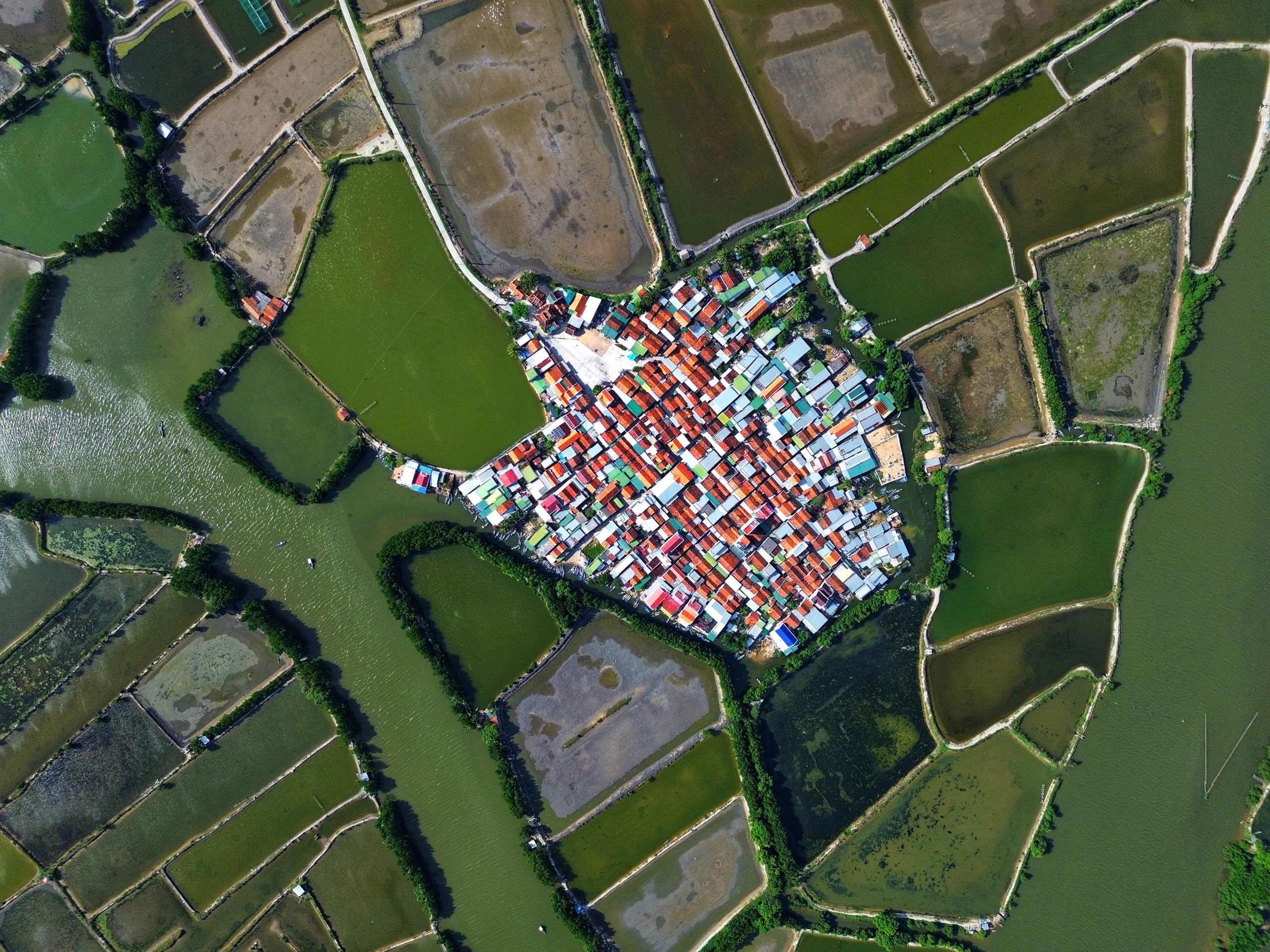
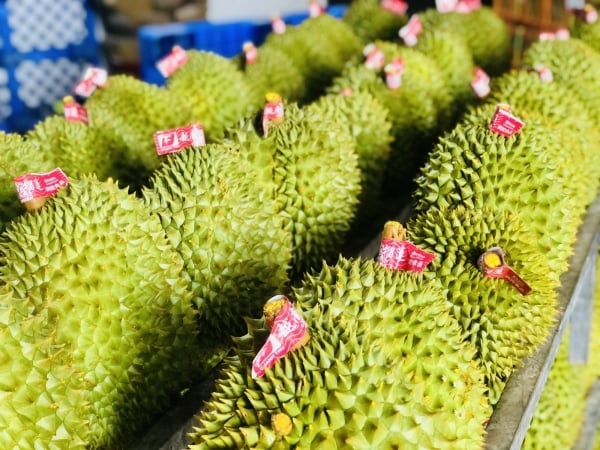

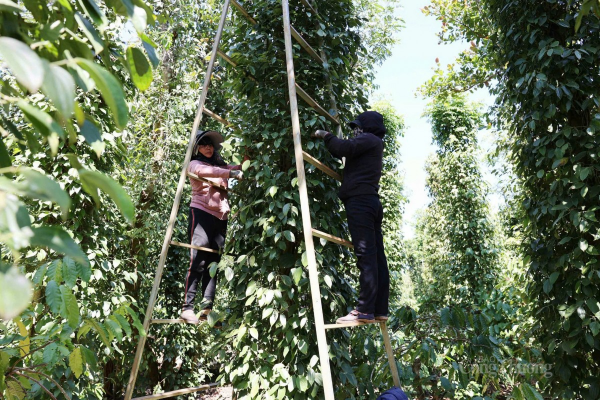
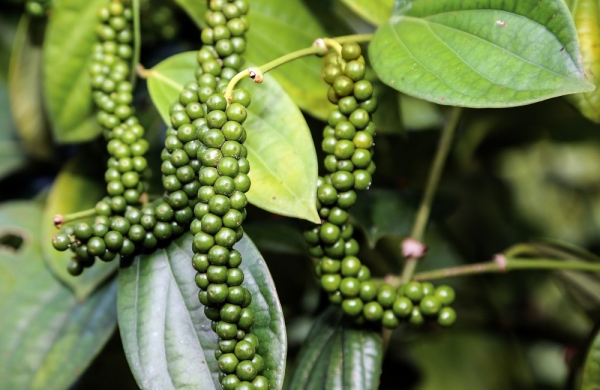
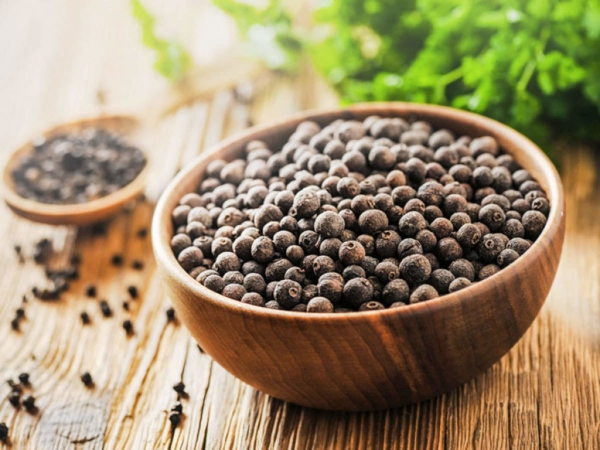

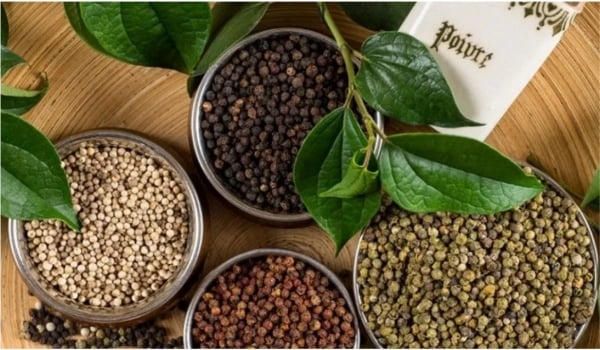
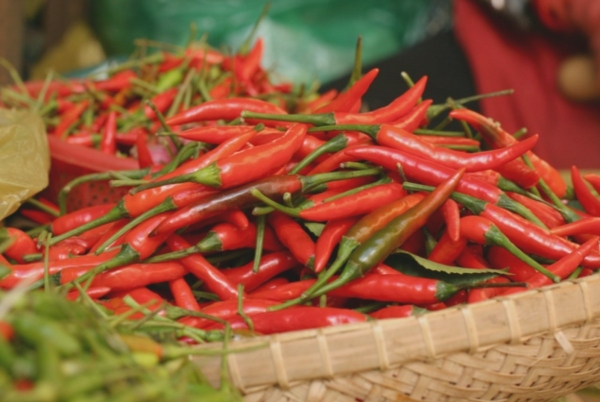
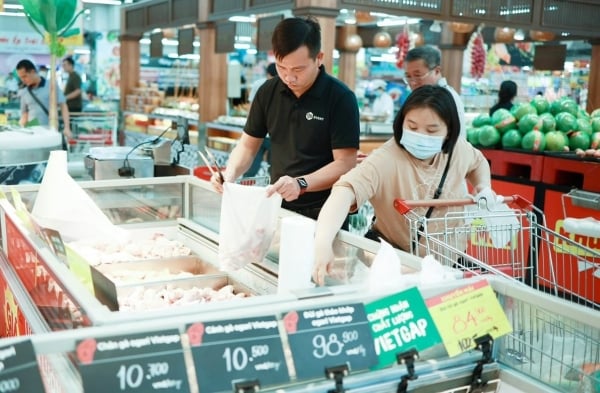

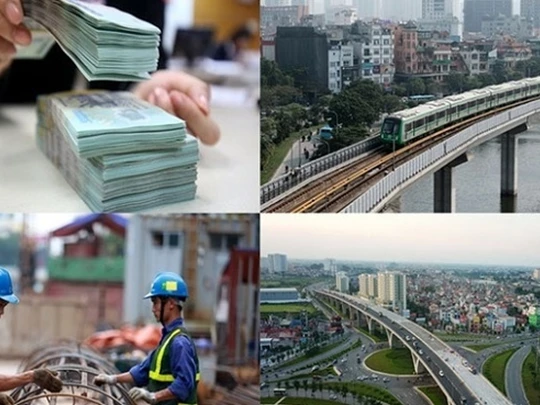


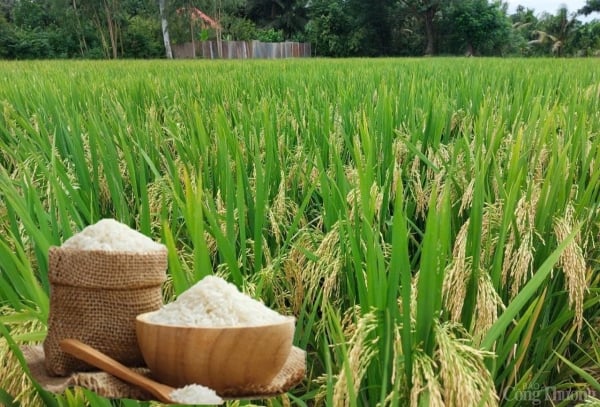
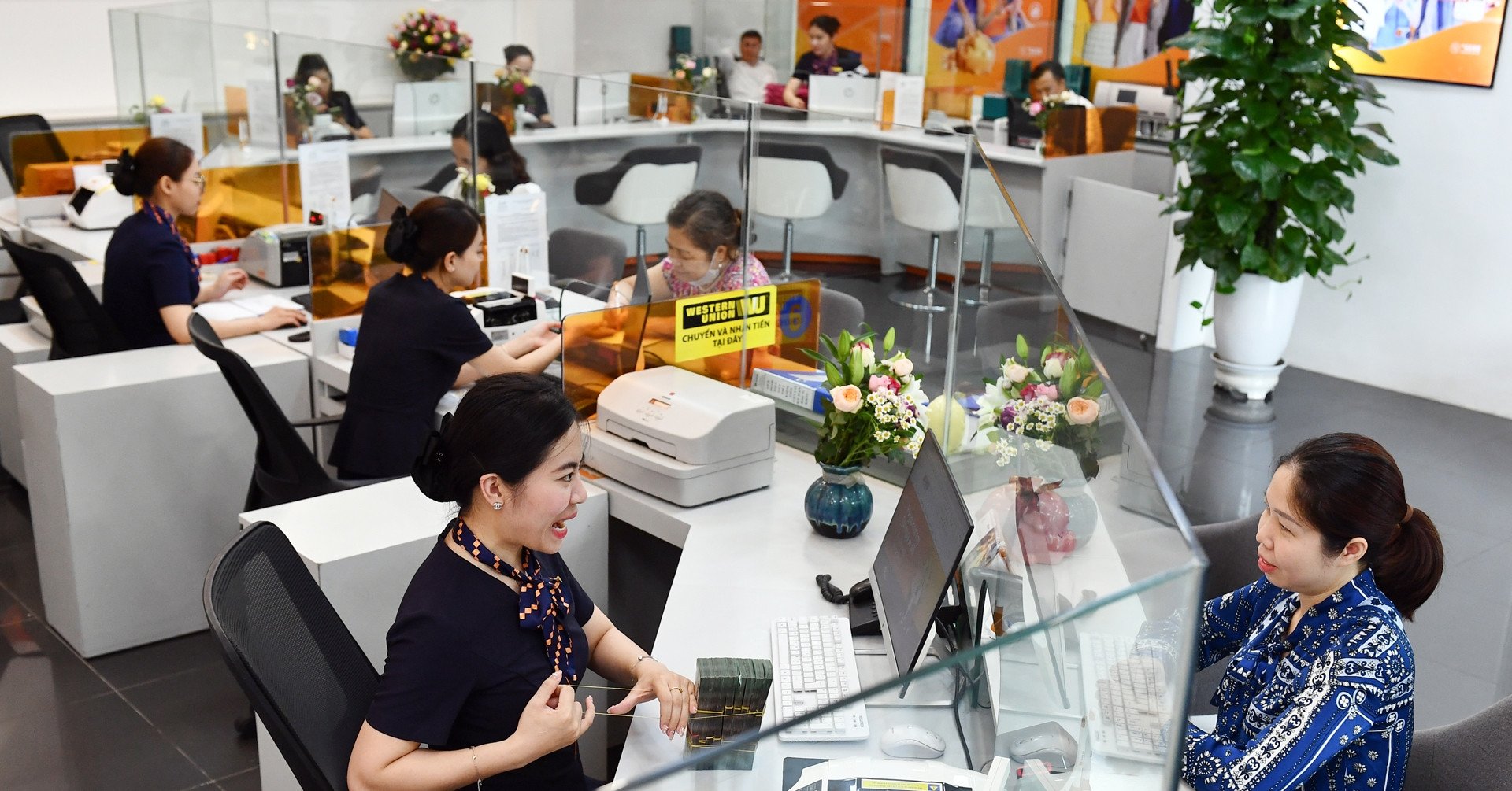






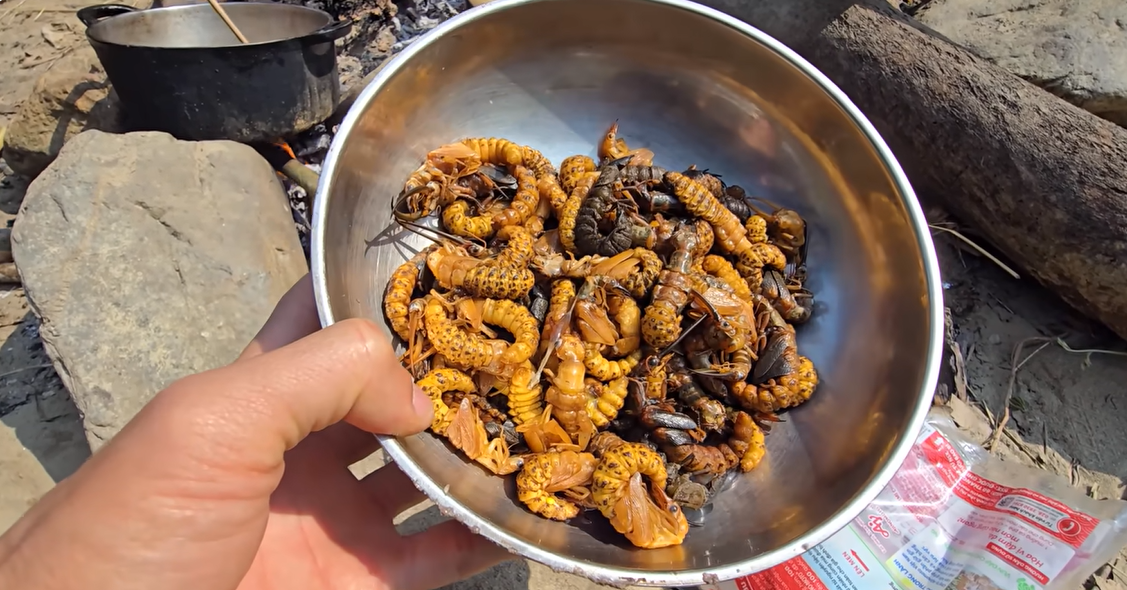

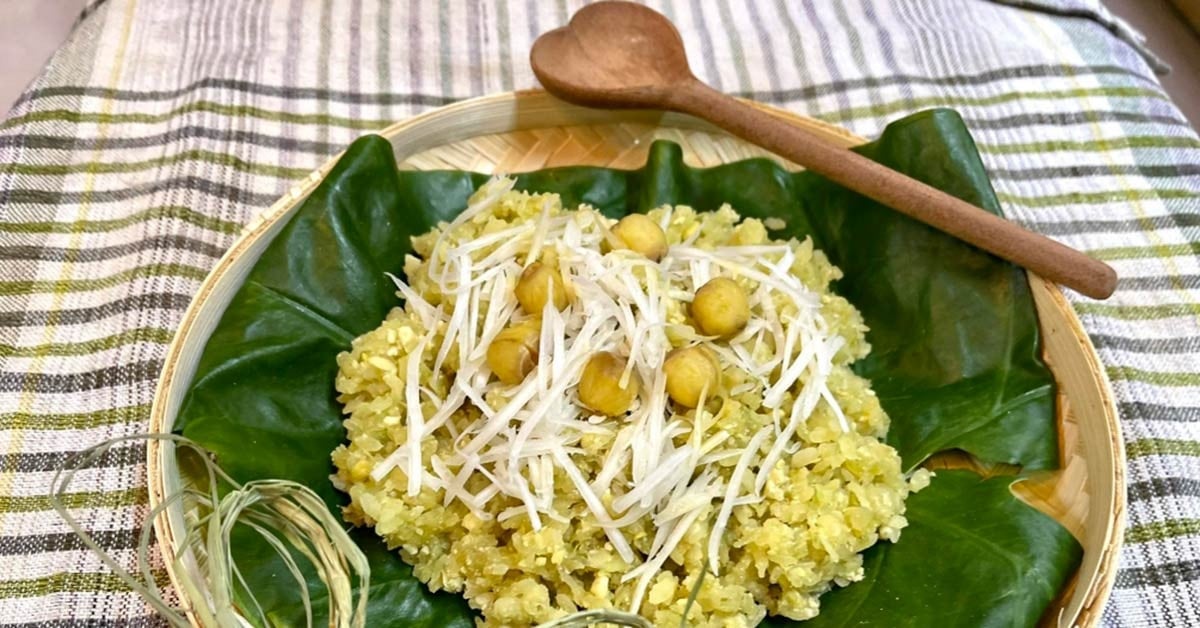

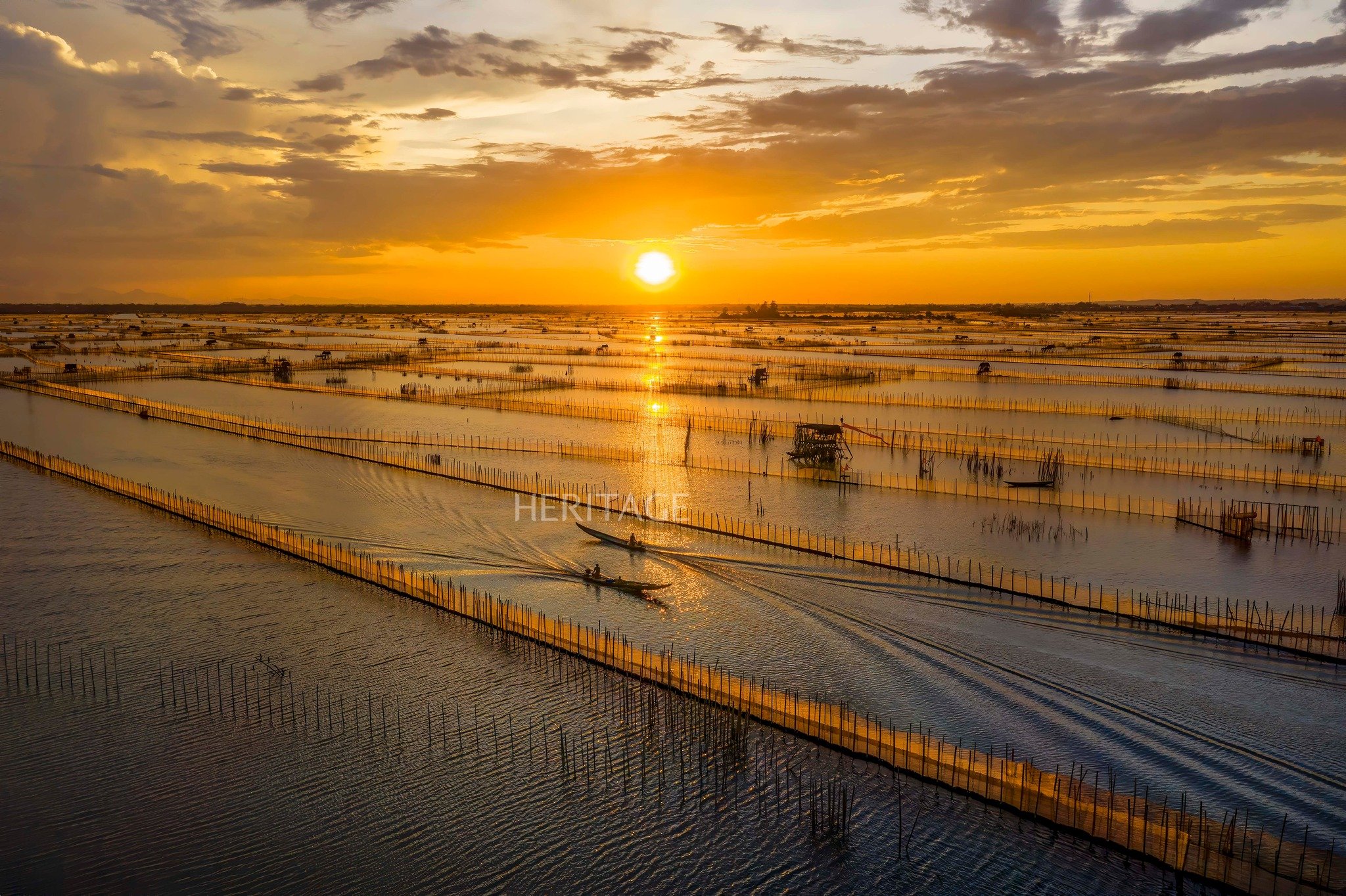




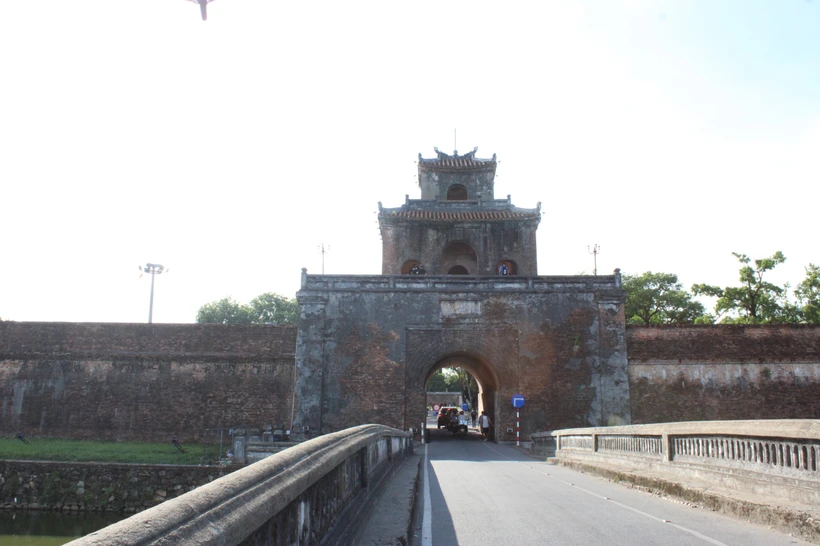




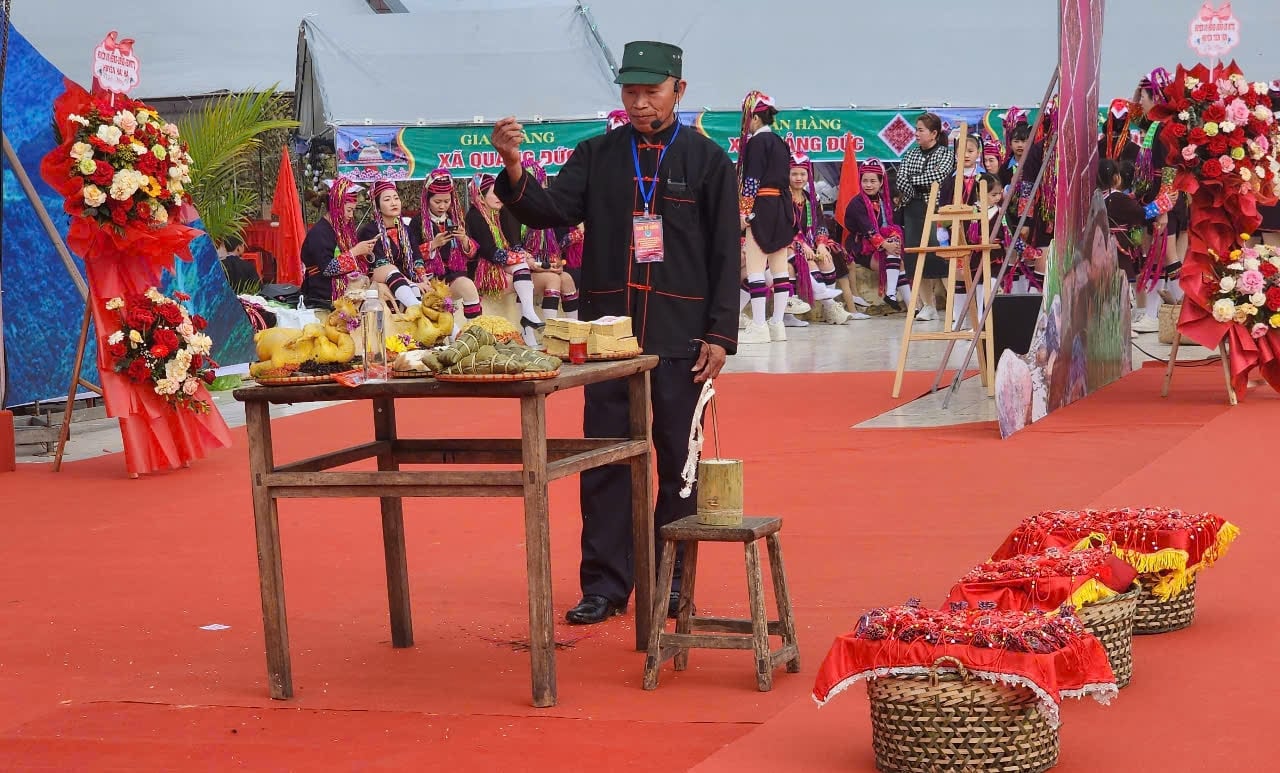


















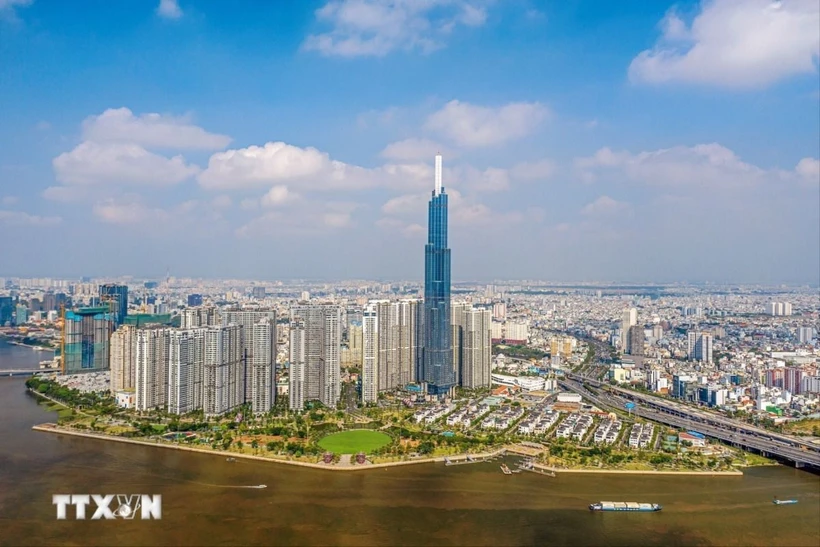
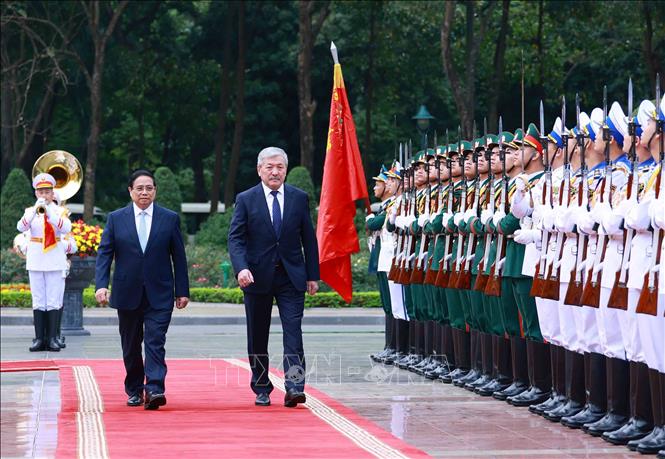












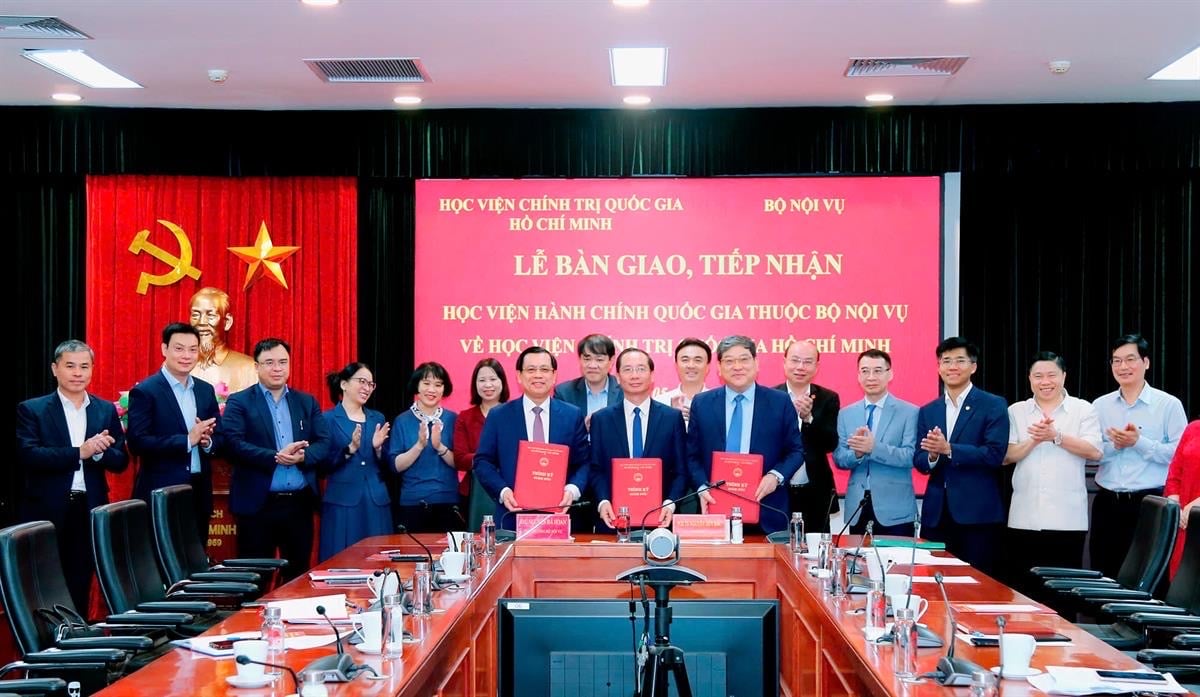







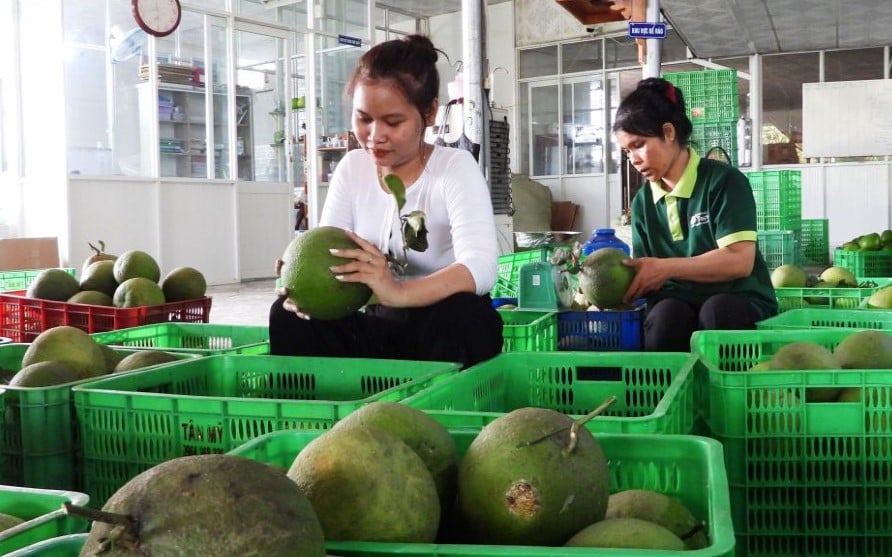
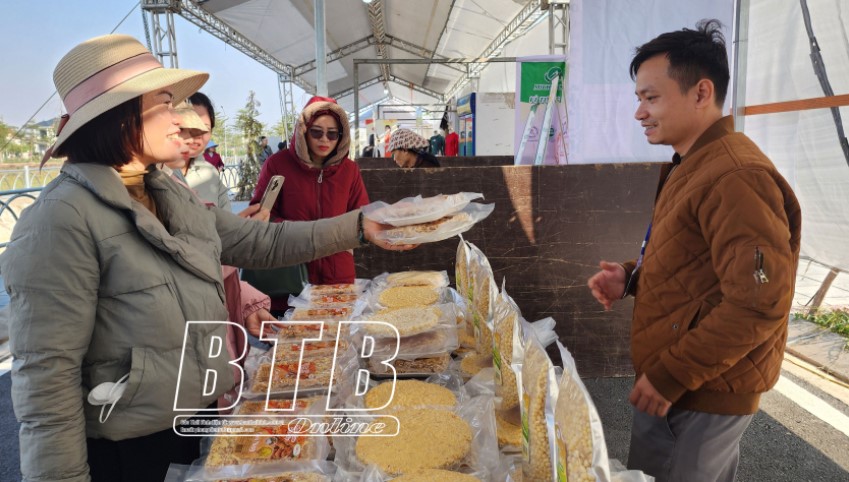


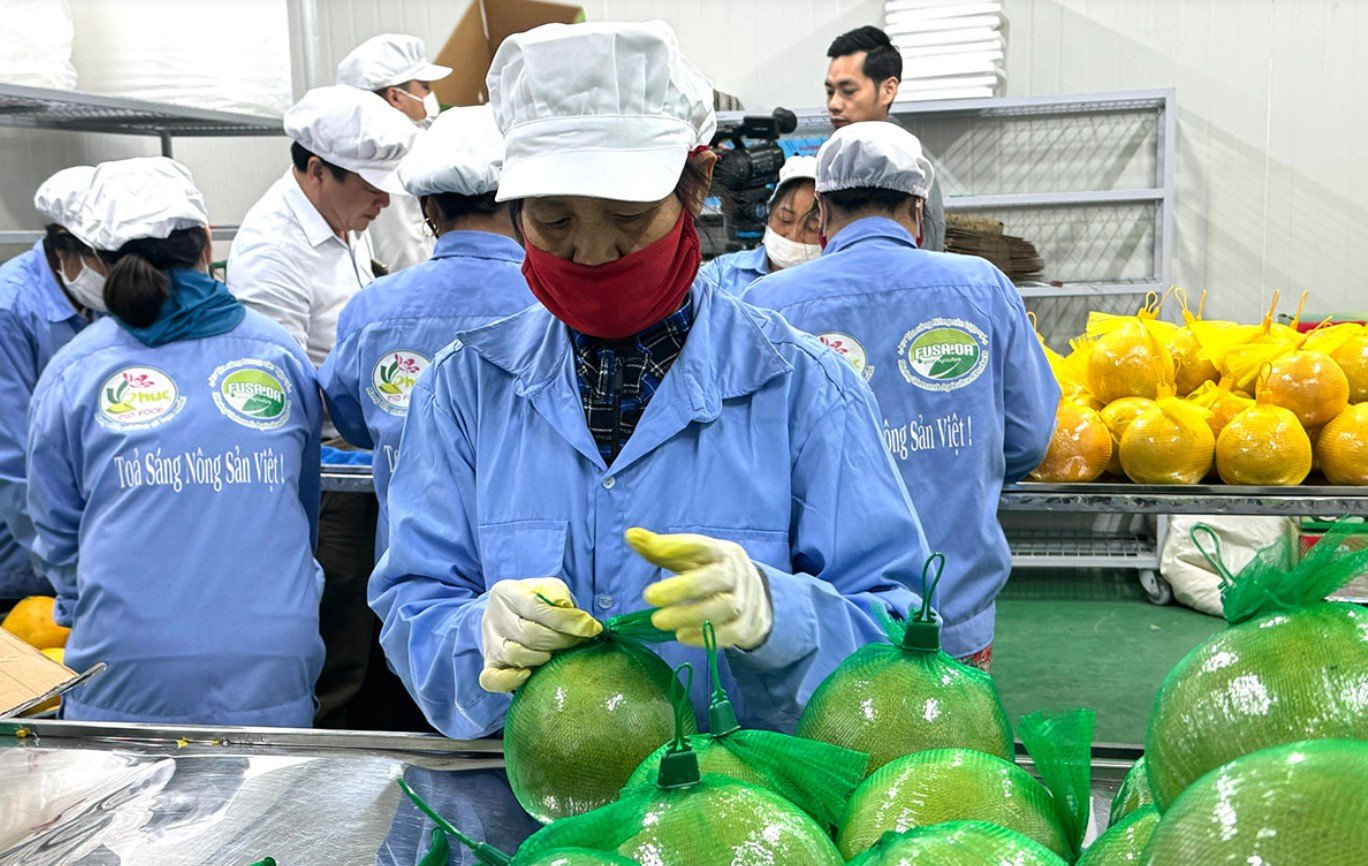

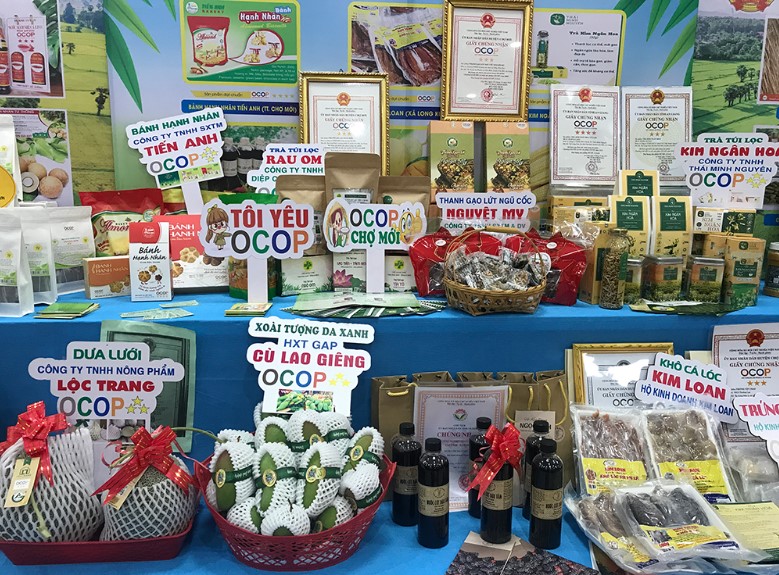


Comment (0)